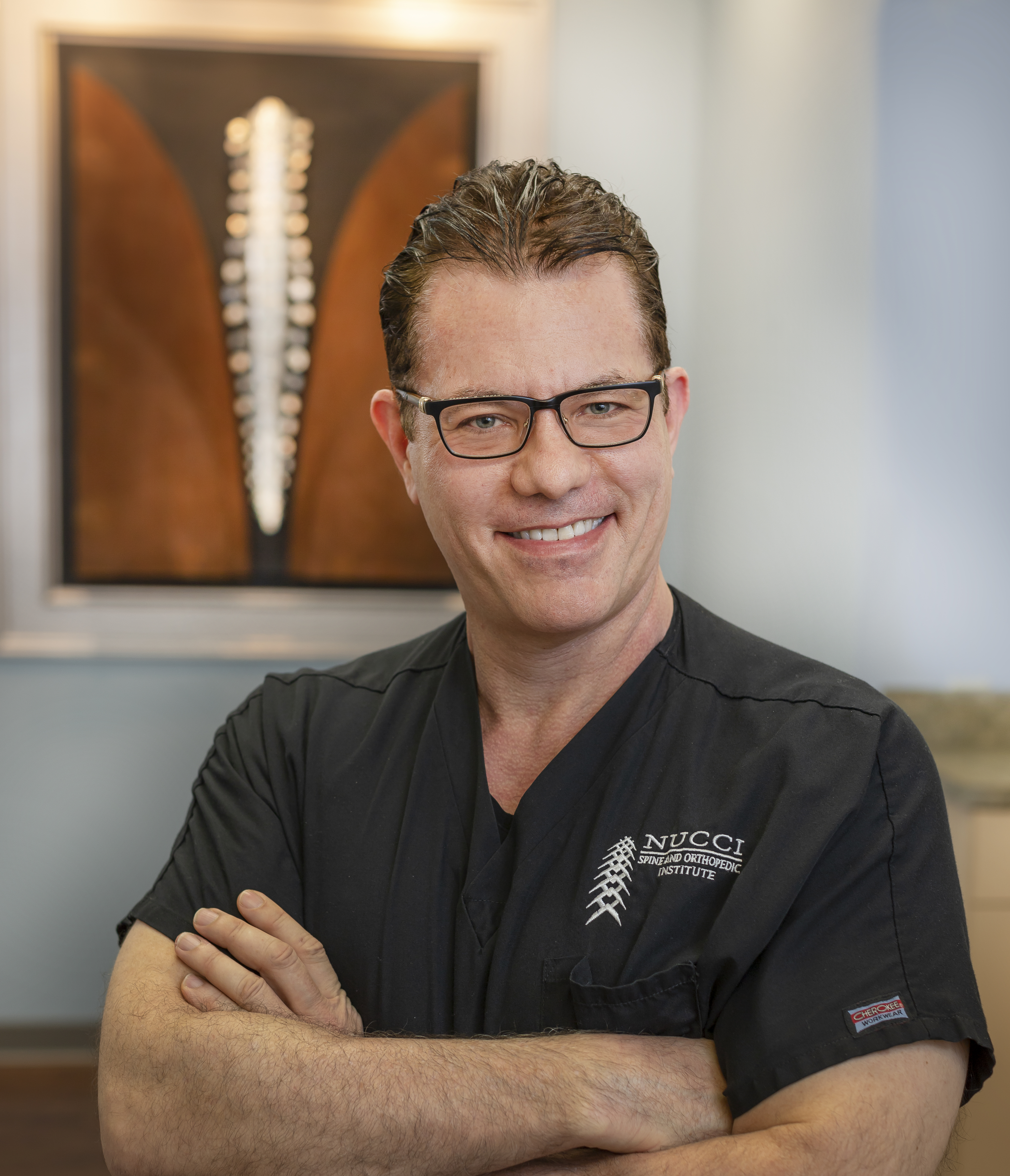What Causes Sciatic Pain?
What is Sciatica? Sciatic pain, or lumbar radiculopathy, is a term used to describe symptoms of pain such as burning, numbing, and/or weakness that radiates down the sciatic nerve from the low back to the buttocks and into the thigh and leg and into the foot. The pain radiates significantly below the knee. Pain that stops in the thigh is not classic sciatic pain. Pain in the foot can be on the inside, top, bottom and/or outside of the foot, depending on which nerve in the back is irritated. Sciatic pain is one sided. True bilateral sciatic pain is unusual.

What Are Common Symptoms of Sciatica? Symptoms of sciatica may include:
- Pain in the low back, buttocks, leg, knee, and/or foot on one side.
- Numbness or tingling sensation down the leg.
- Weakness in leg and/or foot.
- Relief of symptoms when changing posture after sitting/standing for too long.

What Causes Sciatic Pain? The sciatic nerve is formed by the combination of 5 nerve roots: L4, L5, S1, S2, and S3. Common causes of sciatica include:
- Disc herniations (most common). A herniation, or rupture/slippage of the discs, can cause compression on the surrounding nerves and nerve roots. Intervertebral discs sit in between the vertebrae of the spine allowing the spine to be flexible and act as shock absorbers. The annulus fibrosus is the strong outer layer that surrounds the nucleus pulposus, or soft center of the disc. When the disc protrudes and presses on the sciatic nerve, pain extends from the buttocks into the thigh and sometimes into the foot on one side of the body.
- Degeneration. Degeneration of tissues in the lumbar spine can cause sciatic pain because the compression of the surrounding nerves.
- Lumbar spinal stenosis. Stenosis refers to a narrowing of the spinal canal, which compresses on the nerves traveling through the lower back into the leg. This condition is most common in adults over the age of 60.
- Spondylolisthesis. This refers to slippage of the vertebrae that usually occurs at the base of the spine.
The Straight Leg Test And Why It Works. It is a very specific and sensitive test. If it is positive, you probably have a disk herniation. Positive means that when the patient is on his/her back face up, lifting the leg with knee straight will cause burning pain down the back of the thigh, past the knee and into the foot. Past the knee is critical. If the pain doesn’t extend below the knee, it’s not a positive straight leg test. It is still possible that the patient has a disk herniation but the test is negative.
The reason the test works is that one or more of the lumbar nerves that goes into the sciatic nerve is tethered somewhere in the area of the neuroforamen. When the leg is extended, this tethering causes more pain to an already irritated nerve and the pain goes below the knee because that is where the sciatic nerve goes.
What Are The Treatment Options For Sciatica? Treatment of sciatic pain that involves a disk herniation can be treated using physical therapy, injections and/or surgery.
